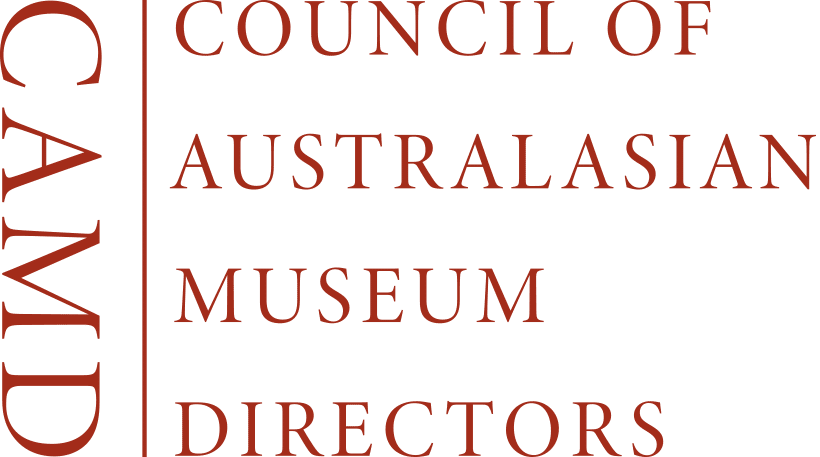The government will next month consider 15 research priorities
John Ross, The Australian, March 06, 2013
RESEARCHERS will soon learn which fields are likely to dominate grants for the next few years.
The government will next month consider 15 research priorities proposed to replace four current ones, which are extremely broad. If accepted, they could attract at least 50 per cent of research funding from 2014-15.
The priorities, which remain under wraps, are arranged around five “societal challenges”: living with a changing environment; promoting population health and wellbeing; managing food and water assets; securing Australia’s place in a changing world; and lifting productivity and economic growth.
They were chosen last month after 100 experts and officials got together to identify the three most important research areas within each “challenge”.
The chairman of the Australian Research Committee, Chief Scientist Ian Chubb, said he expected a proportion of research funding – possibly 50 per cent – would be focused on the new priority areas.
But not all funding would be allocated this way, he stressed. “It doesn’t mean out with the old and in with the new – it’s a rolling process,” he told the Universities Australia conference last week.
He said most top research nations had a prioritisation process of some description. “(The Americans) have been doing it for 40 years.”
Professor Chubb said the priorities would feed back into the National Research Investment Plan.
He said the ultimate goal was improved research quality in critical areas. But initially he wanted to see resources shift into the priority areas.
“I want to know that we’re not missing anything that’s important,” he said.
“And I want to know that what we’re doing in those areas is quality work, so that ultimately at the academic end of the program you would see a shift in citation rates. It is a question of how you bring all that together. The most important thing is for us to understand what we’re doing, and to know how much of that is aligned with areas of critical importance.”
Former Monash University deputy vice-chancellor Stephanie Fahey said it was a good idea to impose “more direction” around research resources while reserving 50 per cent for “the grassroots”.
“That balance is not putting constraints on researchers to the extent that it’s going to kill innovation or creativity,” said Dr Fahey, now a partner with global consultancy firm Ernst & Young.

